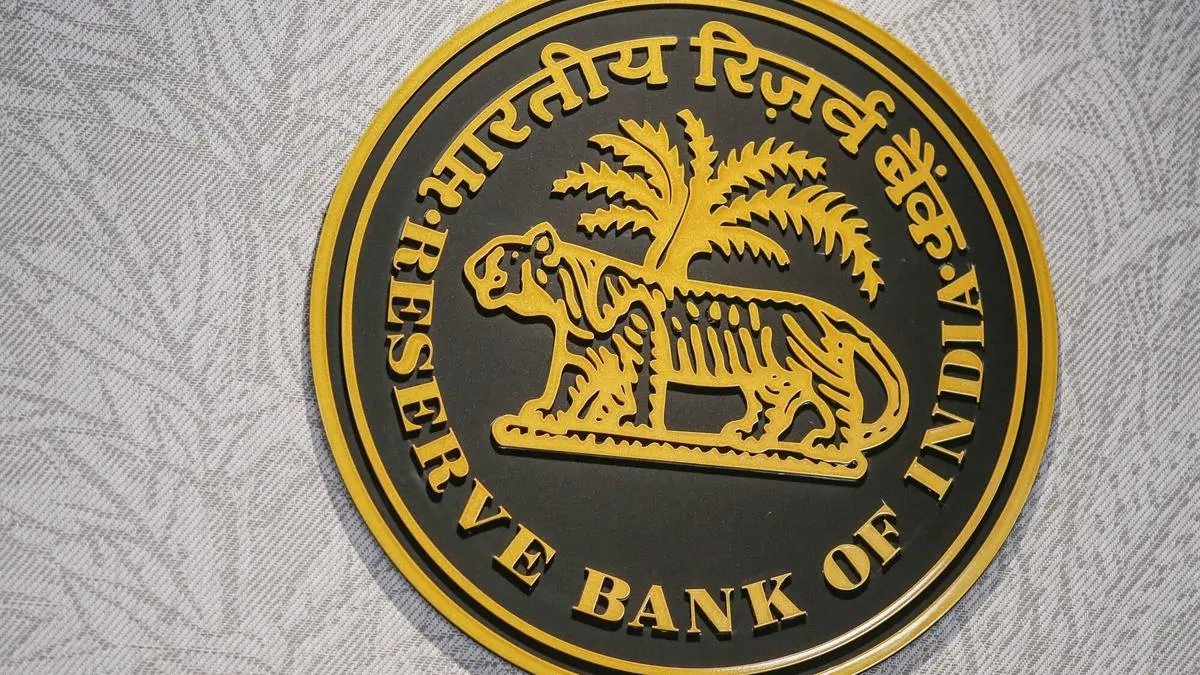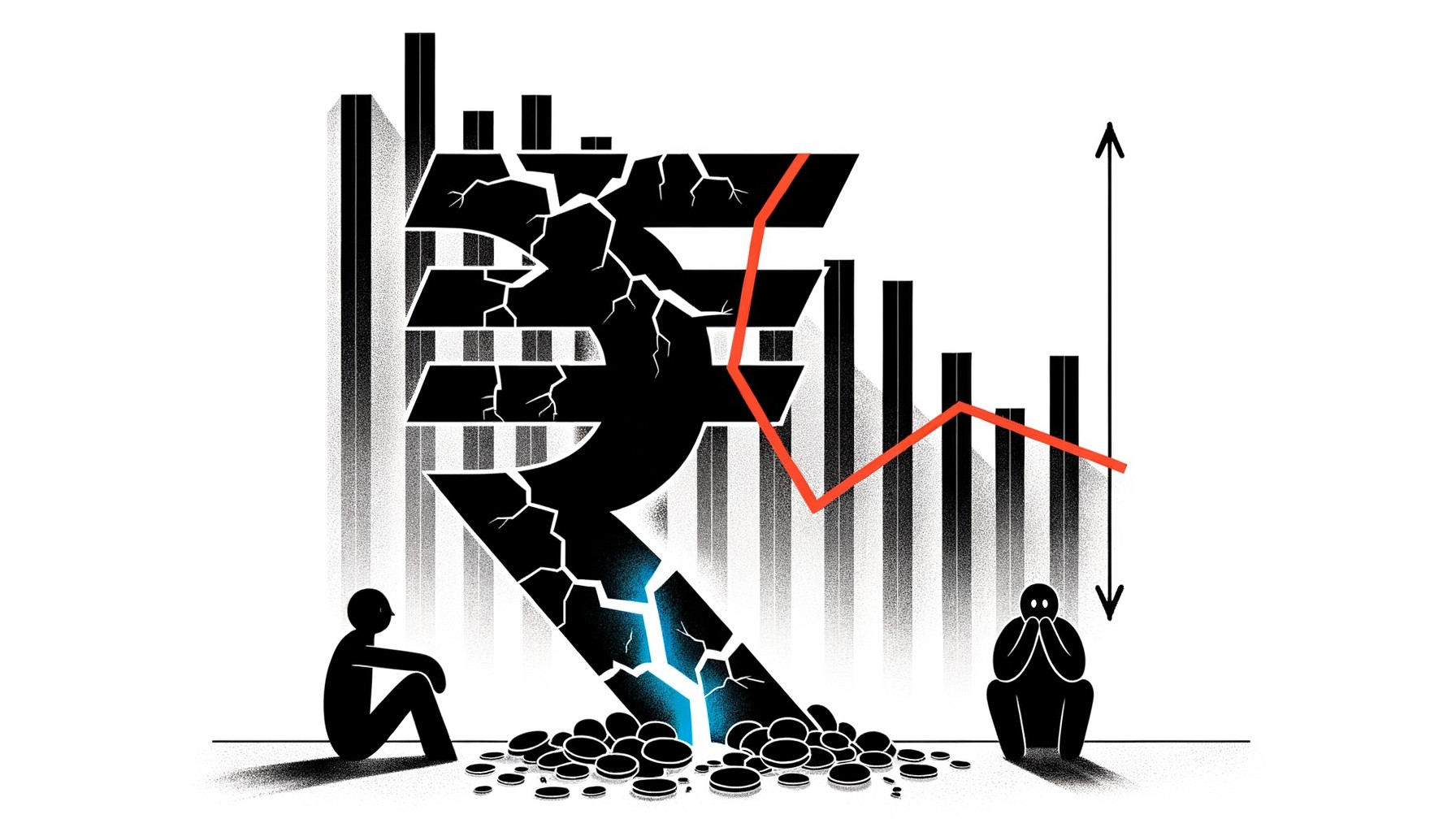Chennai: Rupee, which has weakened 41 per cent against the US dollar in the past 10 years, has not supported exports much as merchandise shipments have grown lower by 39 per cent.
Between 2015 and 2025, the rupee weakened by 41.3 per cent against the US dollar, falling from 61.4 to 86.7. While economists believe currency depreciation should make exports more competitive, India’s experience shows that rising input costs and inflation often negate these benefits, finds the study by GTRI.
During the 2014 to 2024 period, overall merchandise exports grew by 39 per cent. Low-import sectors like textiles and clothing experienced negative growth, even though the weaker rupee should have made their goods more competitive globally.
On the other hand, high-import sectors like electronics, machinery, and computers have seen higher growth. Electronics exports surged by 232.8 per cent, and machinery and computer exports grew by 152.4 per cent. Chemicals, pharmaceuticals, and automobiles, all with significant import content, also performed strongly.
Weaker rupee hurts the labour intensive exports most and helps import driven exports with low value add. Higher import costs for items like crude oil, coal, vegetable oil, gold, electronics, and chemicals lead to rising energy costs, inflation, which often cancel out the benefits of currency depreciation. India’s high raw material, industrial power, capital and logistics costs makes the situation worse.
“For India to achieve long-term economic stability, it must strike a careful balance between growth and inflation control while rethinking its rupee management and trade strategies,” said Ajay Srivastava, founder of GTRI.
Boosting exports to bring in more dollars can ease pressure on the rupee, while reducing energy imports through domestic oil exploration and advancing the “Make in India” initiative can lower the import bill. However, much of India’s $600 billion foreign reserves are loans/investments due for repayment with interest, limiting their role in stabilizing the rupee.






